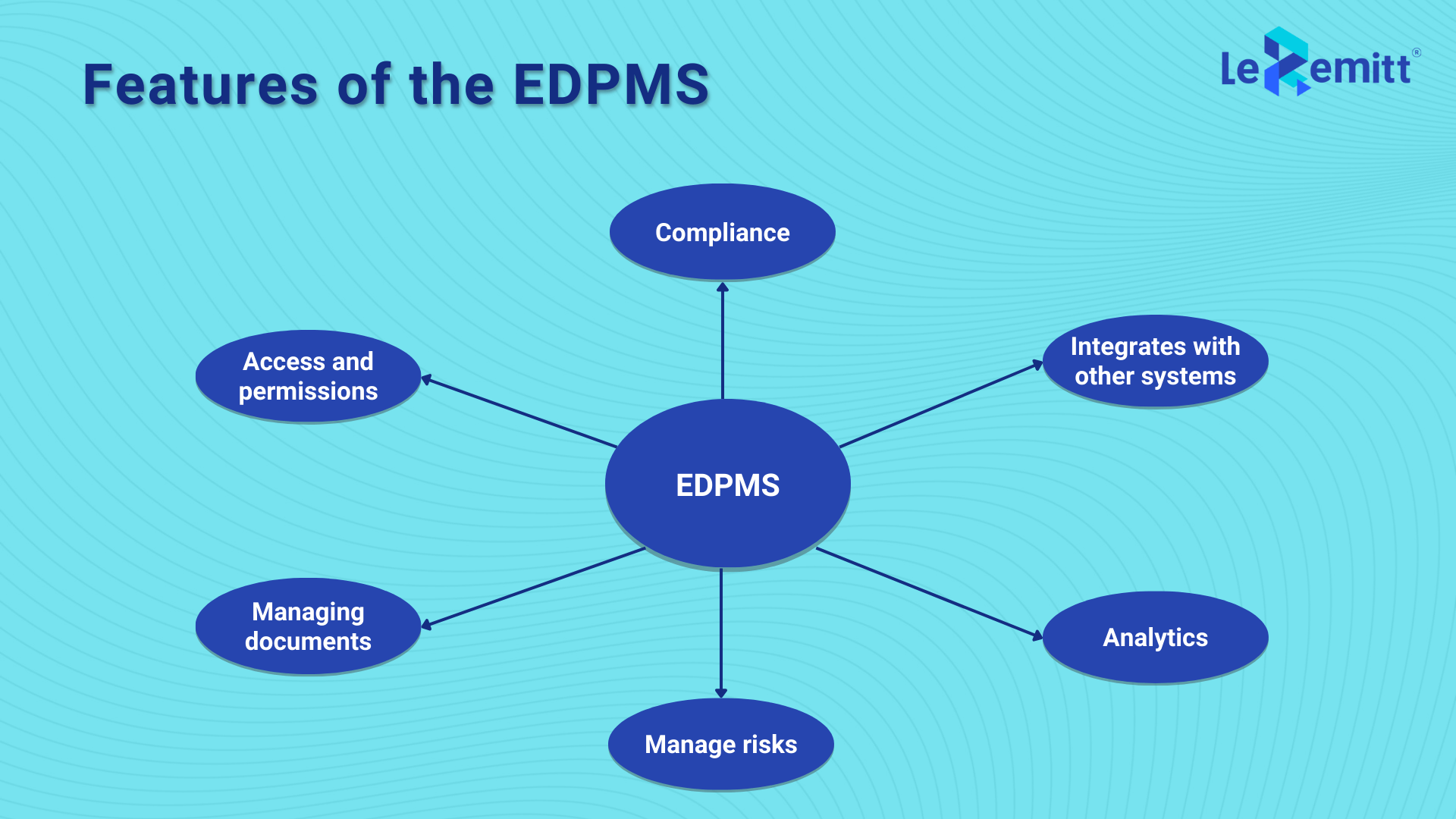What is the Export Data Processing and Monitoring System?
As an exporter, you know the risks and rewards of being part of international trade. The government has stepped in to offer some incentives and benefits specifically to encourage exporters to keep dealing with global trade challenges. You can access many aspects once you go through the IEC registration process.The export data processing and monitoring system (EDPMS) is one platform you should know about.
The EDPMS is a digital platform that has been implemented to track, manage, and process data related to the export trade like IDPMS is the platform for import trade. It is a source for export promotion agencies, banks, customs authorities, and businesses. You can leverage the EPDMS to ensure compliance and facilitate smoother operation of your export business.
In fact, banks and other authorized dealers can access the latest data for offering financing options under trade finance like bill discounting.
Here’s a brief look at the different features of the EDPMS:
Processing data: It automates the consolidation, verification, and processing of data related to exporters and other related parties. It helps in export declarations, managing different types of export invoices, shipping bills, and other related documents.
1. Compliance: Since EDPMS keeps tabs on export transactions you can ensure that there is compliance with international trade regulations, managing export quotas, issuance of licenses, and adhering to restrictions. It also tracks export shipments with detailed time for processing, approvals, and other export-related issues.
2. Integrates with other systems: The EDPMS will interface with other related systems like the banking, customs, and other logistics to facilitate information flow to ensure that all the stakeholders in the process are updated. It makes the electronic filing of exportrelated documents with the customs, reduces the manual aspect of paperwork, and speeds up the clearance process.
3. Analytics: Exporters and other authorities will be able to access export data in real-time to make better decisions. You can leverage various reports like performance, compliance, and trend analytics to track export-related activities.
4. Manage risks: Export like any other trade has a lot of risks associated with it. In fact, export poses more risks and the export data processing and monitoring system (EDPMS) will help mitigate risks in the export process. It puts compliance checks in place to deal with international sanctions and regulations.
5. Managing documents: It digitally stores export-related documents and supports easy and quick retrieval documents whenever any paperwork needs to be referred to. With electronic submission of documents, you will see lesser errors and reduction in documentation costs.
6. Access and permissions: The platform enables role-based accesses and controls to allow various access levels to custom officials, stakeholders, and exporters. It also ensures the data within is secure and tamper-proof through encryption.

What are the use cases for EDPMS?
Custom authorities can leverage the export data processing and monitoring system to track export compliance and speed up the process of export declarations and related activities
● Also Read: FEMA Guidelines for exporters
Exporters can prepare and submit the entire gamut of export-related documentation to ensure seamless business operations.
Banks and other financial institutions can seek confirmation of the validity of the data provided by exporters to ensure they minimize risks when providing financing options like letters of credit and other facilities.
As an exporter, you must understand how the export data processing and monitoring system works and ensure that you leverage it to maximize your business's benefits. This includes accurately and timely submitting export-related documentation and ensuring your business complies with the various export laws and regulations.
At LeRemitt, we are pioneering a centralized trade documentation solution called LeDoc. We have noticed many stakeholders involved in the export business do not have access to a centralized system to upload, generate, and share documents securely, resulting in many operational and security-related challenges.
Here’s what LeDoc, a centralized platform for document management, can do for you:
1. Seamless access and ability to securely share documents among your stakeholders
2. Create consignments, store documents, and use AI to parse and encrypt uploaded documents. Access is possible through an OTP
3. You can configure access based on the role of the person and keep control of access through logs
4. The platform allows you to share documents in a controlled manner with bankers for export data processing and monitoring system to ensure compliance
5. Centralize your documents in a secure location to simplify document management and retrieval
6. Streamline access and sharing of all relevant documents with the right stakeholders to improve collaboration
Want to try out LeDoc and leave feedback? We are all ears! Click here to talk to our team.